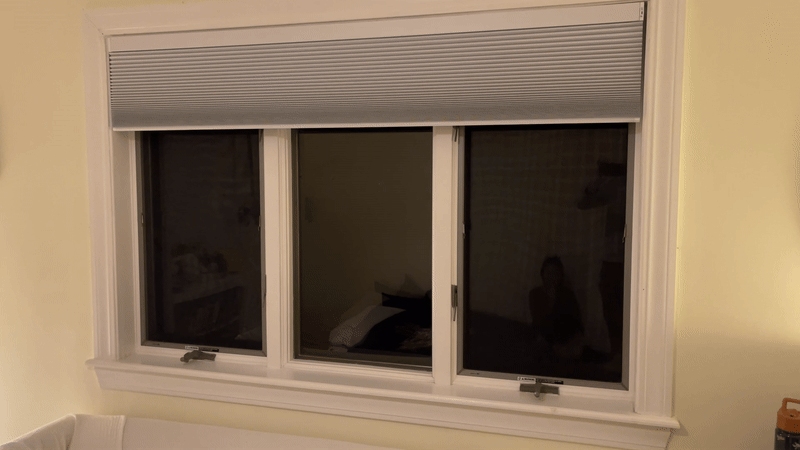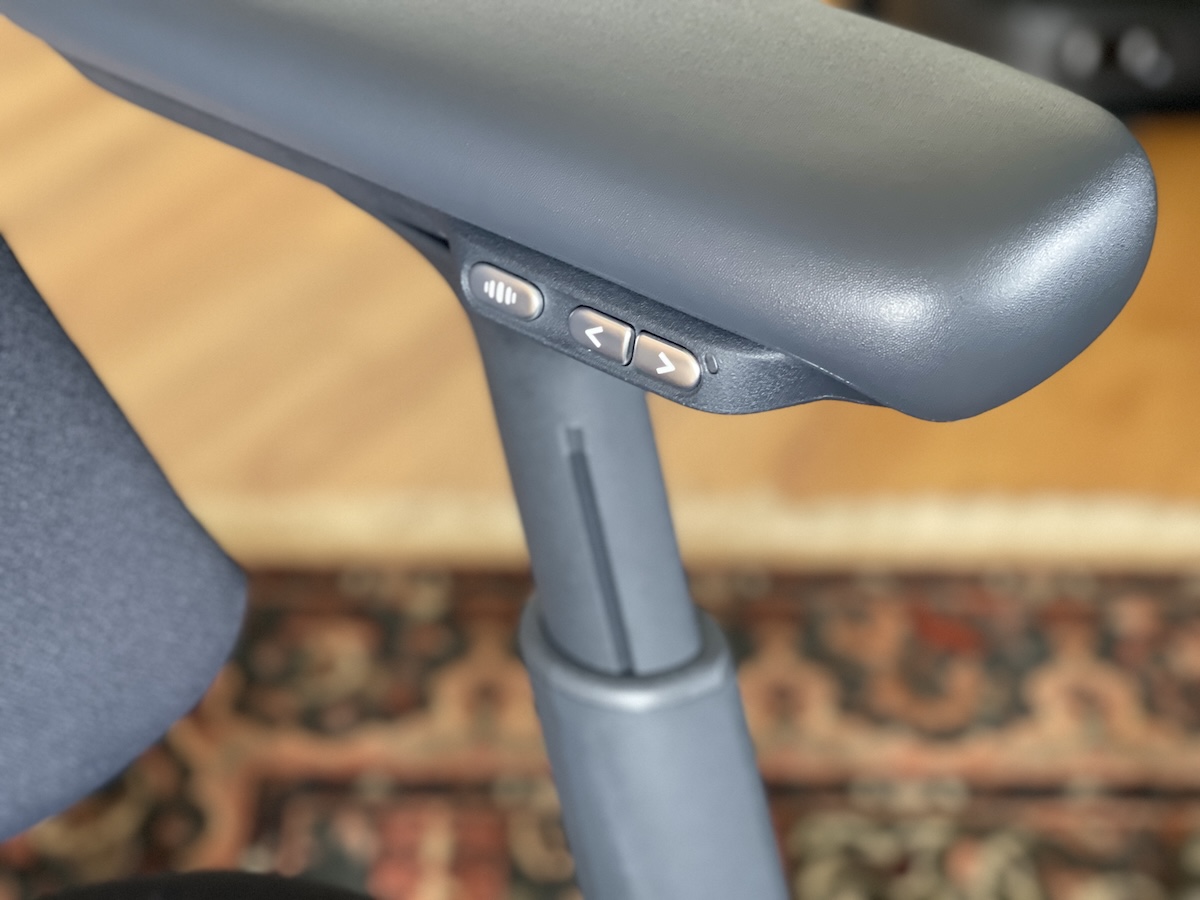You might think your screen is private, but think again. Hackers have found a new way to spy on what you’re doing by intercepting the electromagnetic radiation leaking from your HDMI cables. This means they can see everything you type, view or interact with on your screen without ever needing physical access to your device.
How do they do it? By using special signal-capturing devices or radio antennas to detect the radiation emitted by the digital signals traveling between your computer and display. This radiation can then be decoded into readable screen captures using advanced AI models. Shockingly, these models can reconstruct the text from your stolen HDMI signals with around 70% accuracy.
This is a serious privacy concern. Hackers could use this method to monitor sensitive information you enter on your screen, like passwords, financial data, or even encrypted communications you thought were secure. And you would never know they were watching.
It’s a sneaky new form of screen snooping that takes spying to a whole new level. No longer do hackers need to plant physical bugs or hack into your system – they can just quietly listen in to the invisible electromagnetic whispers of your HDMI cable from afar. This research reveals that our screens are nowhere near as private as we thought they were.
Accuracy and Comparison to Previous Methods
The AI model used in this new HDMI hacking technique boasts an impressive 70% accuracy rate when reconstructing text from intercepted signals. That’s a significant improvement over previous methods.
In fact, the researchers claim their approach reduces the error rate by a whopping 60% compared to earlier techniques. This means hackers can now spy on your screen with much greater precision and reliability.
The increased accuracy is alarming. It suggests that these types of attacks could become more prevalent and effective in the near future. As the technology continues to advance, it may become even easier for malicious actors to eavesdrop on your digital life.
Prevalence of Attacks in Government Agencies and Industrial Settings
According to the researchers, these types of attacks are already being used against government agencies and sensitive industrial settings. However, these organizations likely already take measures to shield their facilities against electromagnetic leaks, even if it comes at a significant cost.
Government agencies and industrial facilities often handle sensitive data that could be devastating if intercepted by malicious actors. The fact that these attacks are already occurring in such high-stakes environments underscores the severity of the threat.
While the exact extent of these attacks remains unclear, it’s likely that many incidents have gone unreported due to the covert nature of the technique. As the technology becomes more sophisticated and accessible, the risk of widespread exploitation will only continue to grow.
It’s crucial that organizations handling sensitive data take proactive steps to protect against this emerging threat. Investing in shielding measures and regularly auditing for potential vulnerabilities could help mitigate the risk of data breaches and espionage.
Methods for Capturing Leaked HDMI Radiation
Hackers have two main ways to capture your screen’s leaked HDMI radiation. The first is to plant a small, hidden signal-capturing device inside the building where you use your computer. This lets them secretly record the electromagnetic signals coming from your HDMI cable.
The second method is to use a special radio antenna from a nearby spot, like the building next door. This antenna can pick up the HDMI radiation leaking out from your space.
Both techniques allow hackers to stealthily grab the invisible electromagnetic traces of what’s on your screen. And it can be done from a distance, without needing physical access to your computer or cables.
So whether by a hidden bug or a remote antenna, this new research shows there are concerning ways your screen privacy could be violated. The key is capturing those subtle HDMI signals floating in the air.
Featured image: commons.wikimedia.org





























